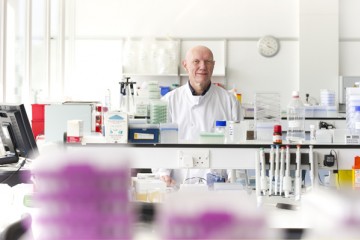Project grant
Development of replacement in vitro assays for the quantification of clostridial vaccine antigens

At a glance
Completed
Award date
March 2006 - March 2009
Grant amount
£111,901
Principal investigator
Dr Keith Redhead
R
- Replacement
